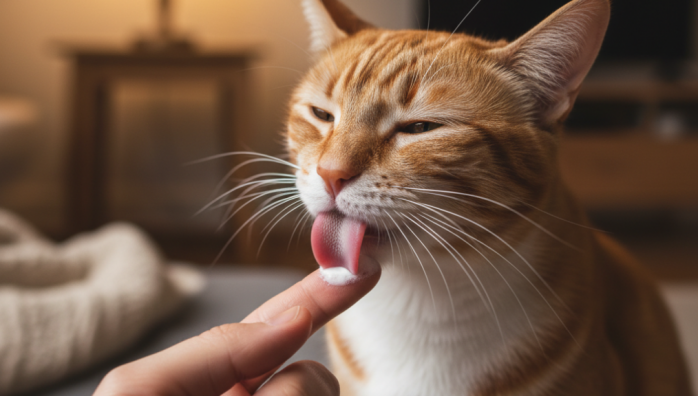Introducing Toothbrushing to Your Cat
by admin in Pet Care Basics 18 - Last Update November 17, 2025

I\'ll be perfectly honest: the first time my veterinarian suggested I brush my cat\'s teeth, I laughed. It seemed like an impossible, almost comical, task. I pictured a whirlwind of claws and indignation. But after seeing the statistics on feline dental disease and reflecting on my commitment to my cat\'s long-term health, I knew I had to try. It wasn\'t easy at first, but with a lot of patience and a change in approach, it became a surprisingly calm part of our routine. I want to share the gentle, step-by-step method that worked for us.
Why this is more than just about bad breath
Before we get into the \'how\', let\'s talk about the \'why\'. I used to think dental care was just about preventing stinky breath. What I learned from my vet is that plaque and tartar buildup can lead to gingivitis and painful periodontal disease. The bacteria can even enter the bloodstream and affect major organs. Seeing it as a critical health issue, not just a cosmetic one, really solidified my motivation. If you ever notice significant bad breath, red gums, or difficulty eating, that\'s a sign to see your vet right away, as this process is for prevention, not to treat existing disease.
Gathering the right tools for a picky client
Your success starts with the right equipment. Forget about your own toothbrush and paste; they are completely unsuitable and even dangerous for cats. Human toothpaste contains ingredients like fluoride and xylitol which are toxic to them.
- Cat-Specific Toothpaste: I found that poultry or fish-flavored enzymatic toothpastes were a huge hit. The key is to find a flavor your cat sees as a treat.
- The Right Brush: I started with a soft, silicone finger brush. It felt less intimidating to my cat than a bristled brush. Over time, we graduated to an ultra-soft, small-headed cat toothbrush which offers better cleaning action. Having both on hand is a great idea.
My step-by-step guide to a peaceful introduction
The secret here is patience. This isn\'t a one-day task; for us, this process took a couple of weeks. Each step should be repeated for a few days until your cat is completely comfortable before you move on to the next. Keep sessions short—no more than a minute or two—and always end on a positive note with a treat or praise.
Step 1: Make the toothpaste a treat
For a few days, all I did was put a tiny dab of the cat toothpaste on my finger and let my cat lick it off. I didn\'t even think about their mouth or teeth. The goal was to build a positive association: this new flavor is a wonderful treat.
Step 2: Get them comfortable with mouth handling
Once the toothpaste was a certified hit, I started gently touching my cat’s mouth and lifting their lips for a second or two during our normal cuddle sessions. I would then reward them with a lick of the toothpaste from my finger. This separated the action of mouth-touching from the act of cleaning.
Step 3: Introduce the brush (no paste yet)
Next, I let my cat investigate the finger brush or toothbrush. I let them sniff it and rub against it. Then, I gently touched it to their mouth without trying to brush. This desensitized them to the tool itself, ensuring it wasn\'t a scary new object.
Step 4: Combine and conquer (for a few seconds)
This is the big step. I put a small amount of toothpaste on the finger brush and let my cat lick it off. Then, while they were focused on the flavor, I gently rubbed one or two of their easily accessible outer canine teeth in a circular motion for just a few seconds. And that was it! I stopped, gave them lots of praise, and we were done for the day.
Step 5: Gradually increase the time and scope
Over the next week, I slowly increased the brushing time by a few seconds each day. I began to brush more teeth, always focusing on the outer surfaces where tartar builds up most. To this day, our sessions are quick and positive. It\'s not about a perfect, deep clean every time; it’s about consistent, gentle maintenance. And of course, this is just our home care routine. I still rely on our vet for professional check-ups and cleanings, and I always recommend you chat with your vet to create the best dental plan for your specific pet.









